STO OR SPECIAL TACTICS OFFICER
What is a STO?
A United States Air Force Special Tactics Officer (STO) is an elite special operator uniquely skilled in commanding and controlling operations integrating air and ground capabilities, often necessary in special operations, to achieve battlefield objectives. STOs lead Special Tactics Teams (STTs) in preparation for worldwide contingency operations both in hostile and austere environments, ranging from counterterrorism missions to global humanitarian assistance operations.
While working alongside joint and coalition SOF partners, STOs coordinate employment of STTs at all levels of command to provide: global access for force projection; precision strike, i.e. close air support, combined arms, and strategic attack; personnel recovery/combat search and rescue, and battlefield trauma surgery.
As leaders responsible for delivering highly specialized capabilities outside the realm of conventional warfare, they are experts in planning and executing special reconnaissance, strike, and recovery missions.
STOs are trained in military static-line and free fall employment techniques, combat dive, demolition, and Joint Terminal Attack Control (JTAC), they competently lead this effective, lethal fighting force by creative problem solving, will power, and dedication to their team members.
How are STOs different than enlisted CCT operationally?
A STO is the key leadership node to commanding and controlling ST operations; CCT conduct actions on the objective. Although a STO will experience limited opportunities to assess, open, and control major airfields to clandestine dirt strips in either permissive or hostile locations and control and direct precision strikes to destroy enemy terrain, positions and resources, his primary role will be to lead STTs comprised of CCT that conduct such actions on the battlefield.
What do successful STO candidates look like at Phase 2?
A successful STO candidate is physically and mentally dominant. Physically the best candidates will blow away the minimum standards knowing they are competing against their peers and need to separate themselves from the rest of the pack. Also, top candidates will be more mentally resilient and highly confident/proficient in the water. Lastly, knowing how to lead at a team level amongst your peers will be extremely important.
How is the pipeline different for a STO? Length/schools etc.
Generally, it is exactly the same. You will attend all the same schools as a CCT to include A&S, Pre-Dive, AF Combat Dive, Airborne, SERE, and Combat Control School. Once you complete the AETC Pipeline and earn your beret, you will enter the career field and begin advanced skills training.
What do deployments look like for CCT/STO?
Deployments on average are 4-6 months; if you are a certified Joint Terminal Attack Controller (JTAC) you will be attached to an Army Special Forces, SEAL or MARSOC team coordinating with aircraft to drop munitions on enemy forces. You will also have the opportunity to deploy as a unilateral Special Tactics Team member conducting airfield seizures, low visibility reconnaissance missions, or direct action raids. Deployments can take you anywhere in the world at a moment’s notice.
Via www.airforce.com
Should I train differently than a CRO/PJ/CCT candidate to be a STO?
No. Regardless of whether you want to be a CRO or STO the career field is still looking for those mental and physical characteristics and leadership qualities that are essential to being an AFSOC officer.
STO PAST info
There is no longer a PAST. The new standard is the AFSOC Physical Training (PT) test.
Where can I find out more info about becoming a STO?
https://www.airforcespecialtactics.af.mil/Join/



Mr. Tony Capobianco, is a 28-year retired USAF Special Tactics Officer, Commander (342 TRS/720 OSS/125 STS), and current Special Warfare Pre-Dive Instructor Supervisor. Previously he performed duties as an INDOC instructor/instructor supervisor, proctored three classes, and was named Civilian of the Year for 2017. He also is an AETC Master Instructor who has an intimate understanding of all training requirements and what it takes to be a successful PJ candidate . Mr. Capobianco will energize, action, and impart his knowledge in an effort to best prepare you for selection.